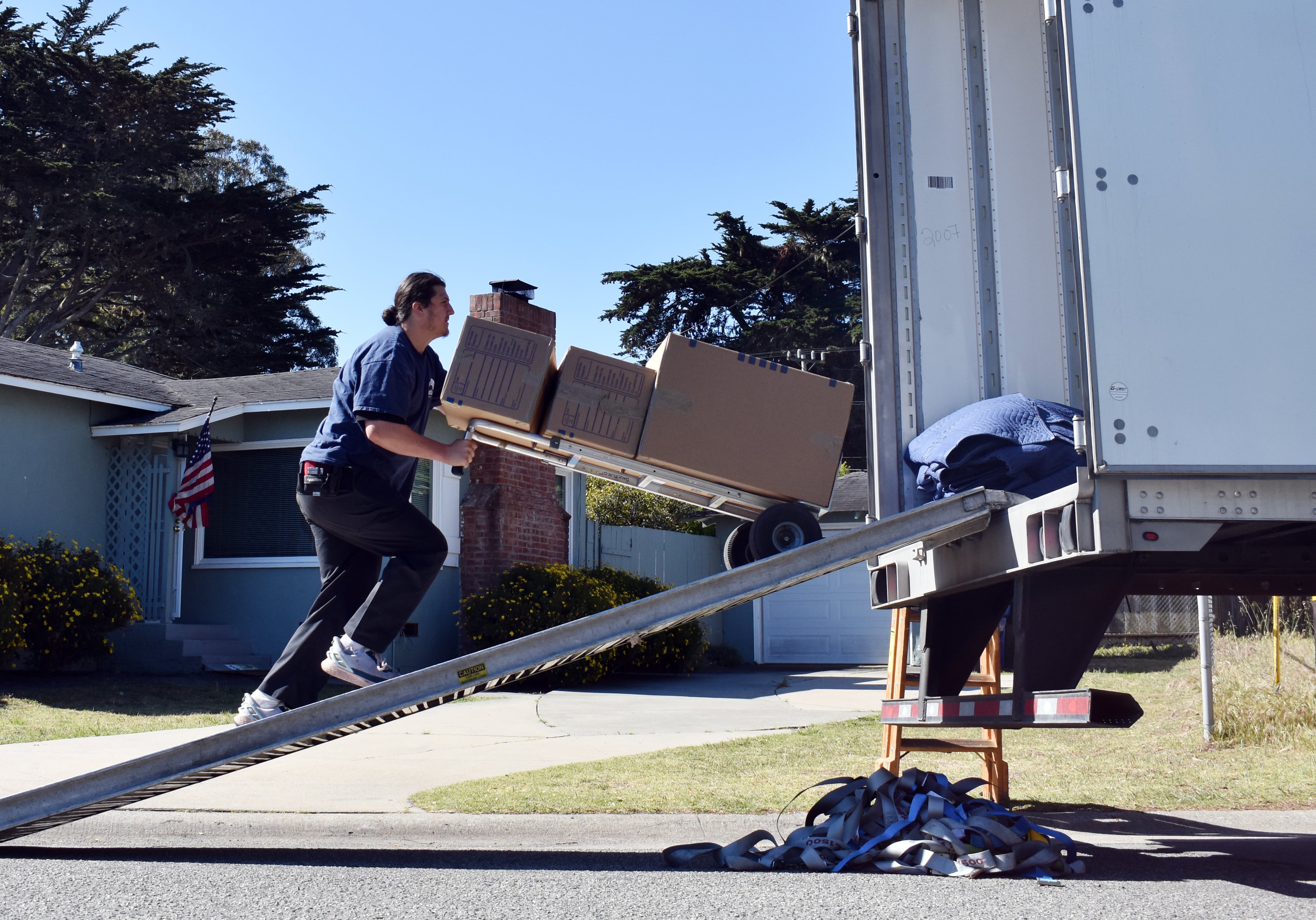The U.S. will continue a high op tempo in Europe — predominantly Eastern Europe — until Russia de-escalates its threats in Ukraine.
Events in 2014 — including the invasion and annexation of Crimea and the presumed shootdown of Malaysia Airlines Flight 17 over eastern Ukraine — kickstarted dozens of NATO and U.S. land, air and sea exercises in Russia's nearest neighbors.
Many of the exercises were part of the Defense Department's Operation Atlantic Resolve to demonstrate U.S. commitment to NATO allies and European partners.
Atlantic Resolve and other exercises will increase more than 60 percent in 2015, with U.S. Air Forces in Europe members involved in 115 exercises in Eastern Europe, Lt. Gen. Tom Jones, USAFE vice commander said.
"We've put about $1.1 million against those engagements," Jones said in a Dec. 11 interview with Air Force Times.
The increase in exercises indicates "we're going to have an increase in the numbers of everything," Jones said. More assets, including airmen and aircraft, will continue to rotate from the U.S.
"All of those engagements will not be done by assigned forces to USAFE," Jones said. "So we will be rotating in other support from airlift to air refueling and fighter support as we conduct these engagements."
Guard C-130s and tankers racked up flight hours in a variety of exercises, joining F-15 and F-16 fighters in the European theater. Both B-2 and B-52 bombers also deployed overseas this year, and bomber squadrons could find themselves over the continent more often under the direction of Global Strike Command.
The Baltics, Poland, Romania and other Eastern European countries will see heightened rotations in addition to air policing missions "more likely to be done because of the situation," Jones said.
"We'll be going to Amari Air Base in Estonia to conduct some fighter training. We'll be going into Romania as they acquire and prepare to acquire some F-16s that they had purchased from Portugal. We'll be working with them on preparing for the reception of those fighters there," he said.
Live fly exercises with NATO partners are planned, as well as exercise Anatolian Eagle with Turkey involving Airborne Warning and Control System aircraft.
"We rely completely upon our host nations' acceptance and permissions to use those air fields where we are based to overfly their nations to get the logistical support that we need," Jones said.
With Russia flexing its muscles, the U.S. cannot take for granted that it will be able to fly where it wants. More importantly, Russian air defenses can track aircraft in various NATO airspace — for example, a third of Poland is under Russian Integrated Air Defense Systems coverage, Jones said.
"With the advanced Russian systems the skies over the Ukraine, the skies over Eastern Europe are indeed contested skies and we're not going to have the luxury of access into that region that we have enjoyed in other parts of the world," Jones said.
"That's something we work hard at from this headquarters to make sure that all of our colleagues and those that are making programmatic decisions and political decisions understand, not just in this [area of responsibility] but back in the U.S."





